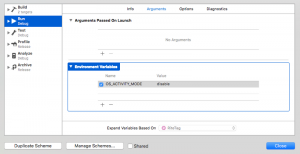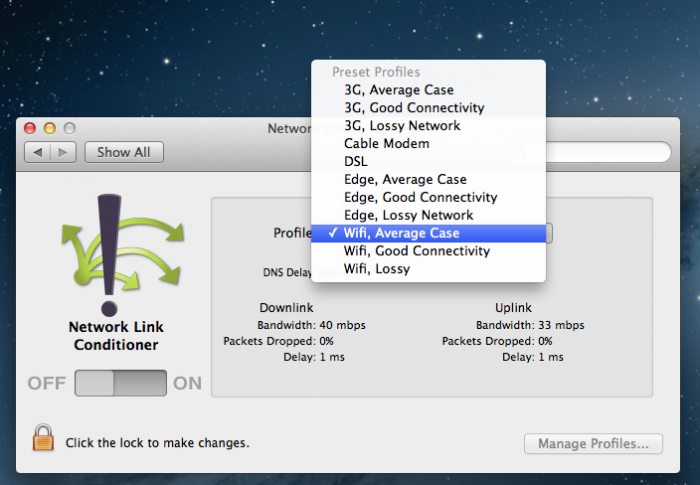Many times we find it difficult to figure out why the IPA installation failed when using ad-hoc installation link. A possible reason may be your device UDID is not included in the distribution profile. Here’s how to verify if your UDID is included in iOS Distribution profile.
- Generate ad-hoc IPA from Xcode.
- Cd to IPA file.
- Run Command: unzip <appname>.ipa. This will extract the content of ipa to Payload folder
- cd to Payload.
- cd to <appname>.app
- open embedded.mobileprovision in TextEditor.
- Or Run command: security cms -D -i ./embedded.mobileprovision
- Look for <key>ProvisionedDevices</key> or <key> UDID </key>
- Your device udid must be listed there.






